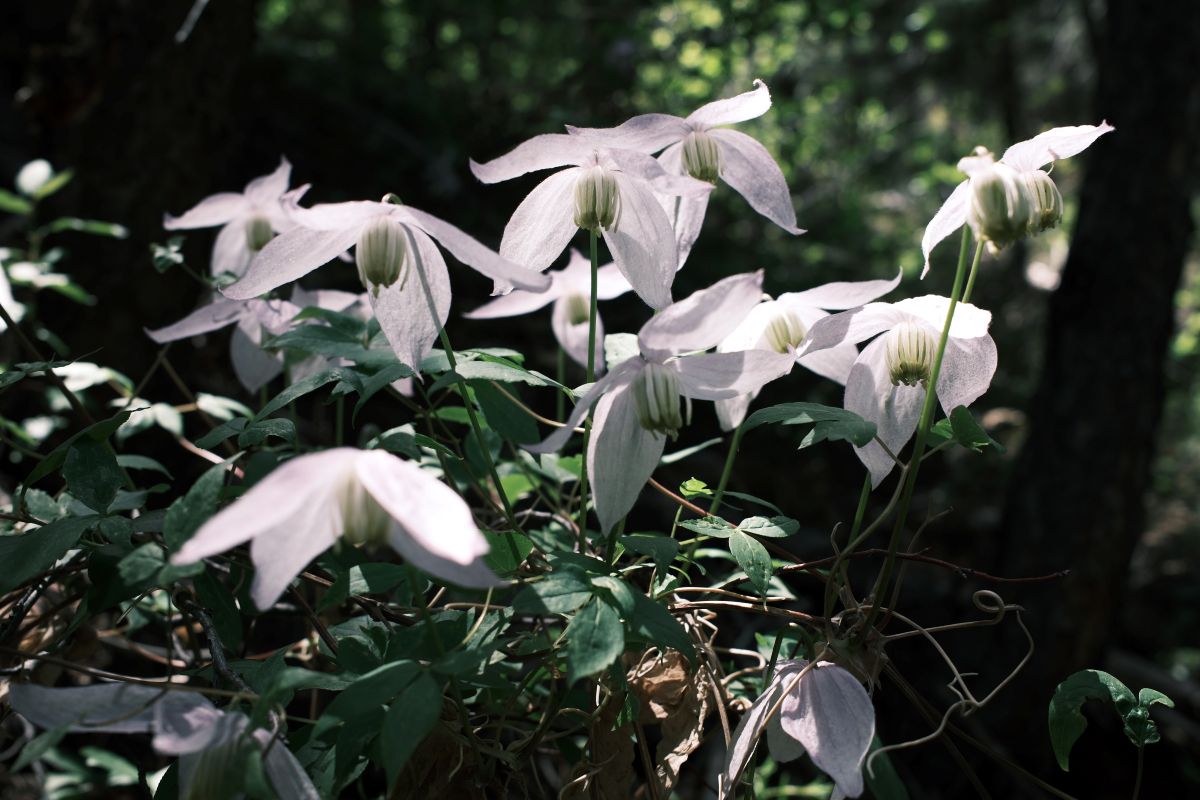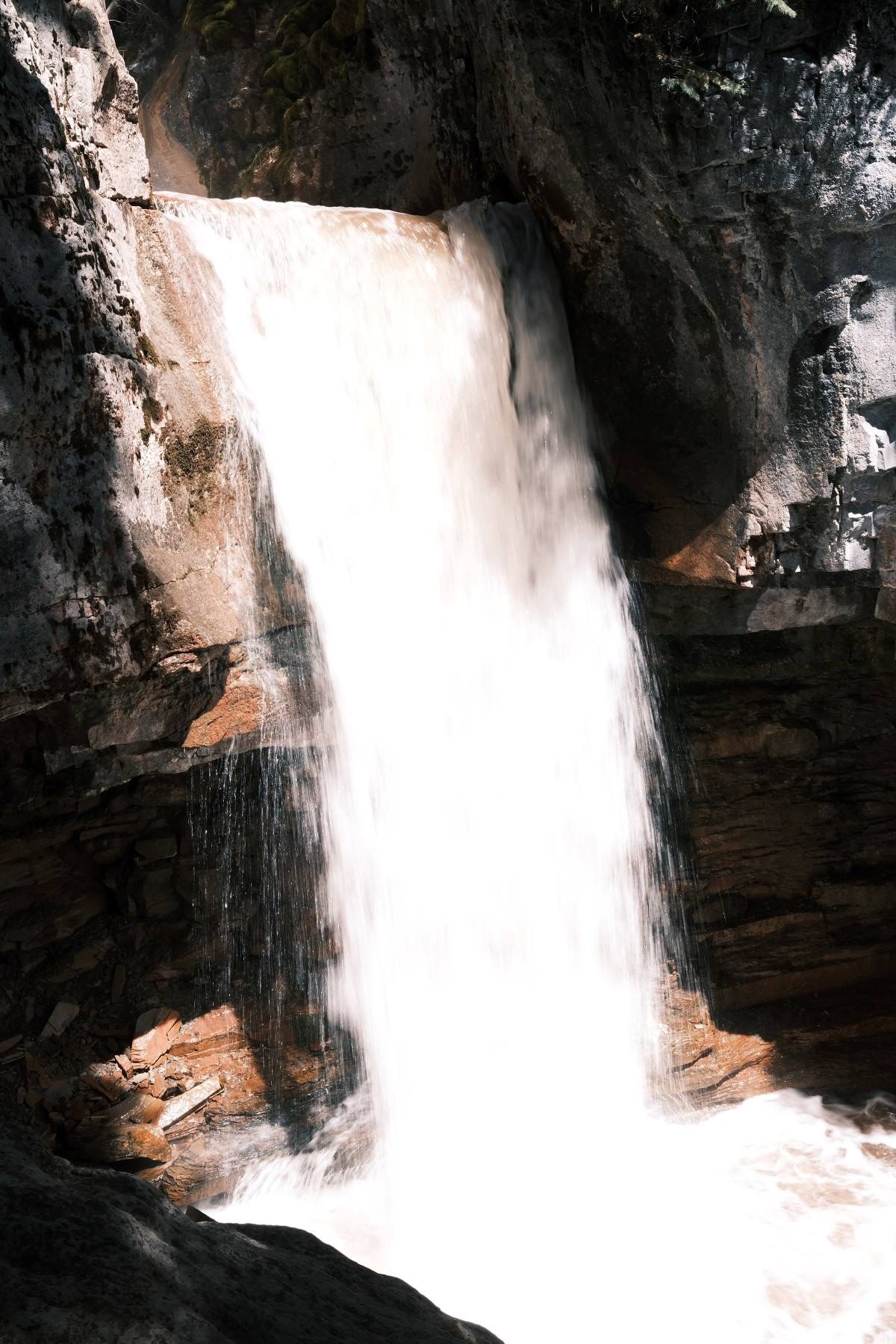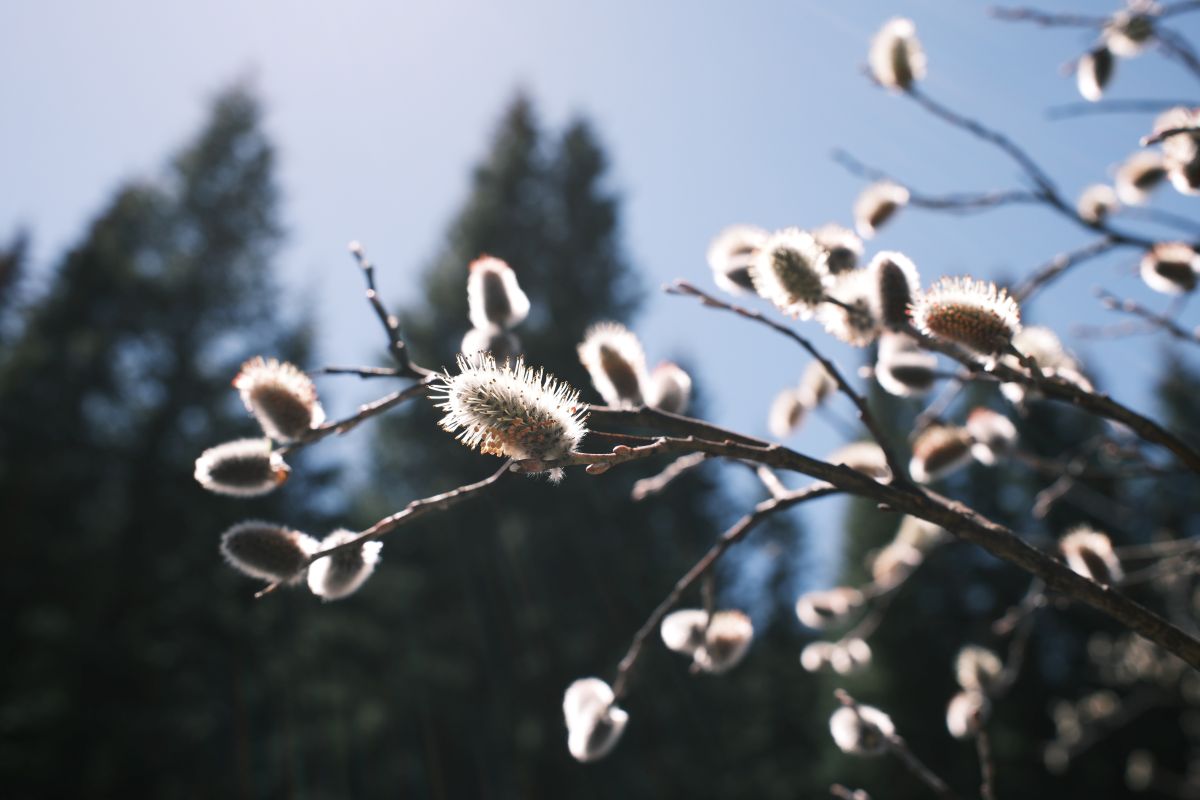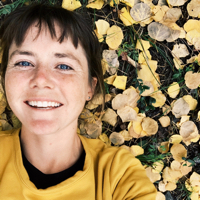I go around the corner of the mountain. A lush, green tundra alleyway between gray, granite rock — reminiscent of a desert slot canyon — gives way to an open meadow. The mountains rise on all sides with a narrow passage at each corner. Suddenly, my mind drifts to far below the peaks. I’m staring up at this mysterious pocket of the mountains and untapped part of the ridgeline. I stare at the topographic lines and try to imagine what exactly is there. Knowing the rest of the range, this is the proverbial blank spot on my personal map. I have daydreamed about it for ages and now I’m here, feet on the ground, peering around the corner in awe and anticipation of exploring.
Suddenly, my mind zooms out, and I turn to my coworker. She just mentioned looking at those hard-to-get-to places on maps and getting out to find them. Her words resurrect a recurring dream I’ve been having. A dream of a place in the mountains I am always wondering about, always trying to get to, and finally arriving in it. I recognize this dream is not too far off from reality, I just don’t quite know exactly where this place is, or even which mountain range I’m exploring. I am guilty of daydreaming incessantly over maps. Big wilderness, big mountains, zooming in and out of satellite imagery and trying to imagine what it’s like and wanting to someday put the nagging mysteries to bed by actually stepping foot there. This to me, is the call of the wild.

The beautiful Alpine Clematis, often seen as a wildflower in mountainous regions, such as the author’s Colorado home. All photo: Hannah Green
The Power of Open Spaces
Open spaces where our minds and bodies have time to drift and move freely from the structures of our daily lives are universally valuable, or so I would like to think. In a recent work training exercise for public lands advocacy work, we met with a long-time forest service employee who asked some poignant questions: what was our first public lands experience, and what was a memorable wilderness experience? Chances are for a lot of us, these experiences were fairly influential in how we interact with and value these spaces as adults. And running is one of many ways public lands become a part of our lives.
What does wilderness mean to you? Have you ever stood atop a mountain and gazed out at the land below? Endless layers of mountains on mountains? A sea of clouds? Tiny homes down below? Likely you feel small, just another rock stacked on top of the summit cairn. Have you ever looked to cross a raging river that looks like it will swallow you whole? What about gazing up at a peak, rising thousands of feet above you? I think big landscapes help to put humans in our place. Reminders that we are just one small piece of a greater pie in the natural world.
A Difficult Time for Public Lands
After meeting with several forest service employees, the feeling is unanimous that it is an extremely trying time for our public lands. Even here in my local forest, necessities such as the restrooms at trailheads don’t have the funding to be maintained so they are locked, and local nonprofits are stepping in to provide the money to open some of them. Can you imagine if hundreds of people show up at a trailhead everyday and have to go to the bathroom? Without the pit toilets, our water will be polluted, and the forest will be a mine of toilet paper! Yikes.
If there was ever an important time to volunteer, it’s now. Reach out to your local national forest and inquire if you can go out and clear your local trails, or look up local non-profits and trail organizations that usually need as much help as they can get. Working on the trails is deeply rewarding because it translates to helping so many people beyond just running. Even something as easy as carrying a little trash bag on your next run or hike will help.
Writer and philosopher Aldo Leopold said, “We abuse land because we see it as a commodity belonging to us. When we see land as a community to which we belong, we may begin to use it with love and respect.” It’s not just about giving back now, it’s about the future of our local trails and mountains.
Moments of Stillness
This summer, I have a goal of identifying and learning about some more of the local plants and birds. I know some of the basic recognizable birds that my dad taught me when I was little, but there are so many out there that I wonder, what’s that?
Finally, as I approach middle age, I’m beginning to see the intricacies in nature beyond just moving through spaces. As I get older, I find myself loving the moments where I can also just be still and observe a place. They say boredom is necessary to creativity, and I think sitting outside and just listening and looking provides a micro moment where the mind is occupied only by its immediate physical surroundings. I liken observing nature to sitting down to coffee with an old friend, catching up and seeing what is going on in their life.
After quitting Instagram a few months ago, I find this much easier to do and it’s much easier to leave my phone behind and literally forget about it, which feels like a huge win against the mental bulldozer that is social media. It also helps that I have a job I really enjoy — working outside on the trails helping to protect the public lands we love so much — and that too keeps me fulfilled.
I always say the more time I get to be outside, the better I am as a person. Spending time outside amongst the natural world I think is one of the many ways we as a society can individually and collectively improve. I wish I could take our elected officials into the wilderness and leave them there so they could be humbled by the forces of nature. Out of their cars and airplanes, I think nature has all the tools to teach us everything we need to know and exist: fear and elation, beauty and awe, wildfires and wildflowers.
Call for Comments
- Have you found a way to be involved in maintaining public lands in your area?
- Do you think you benefit from time in nature in a similar way to the author?


